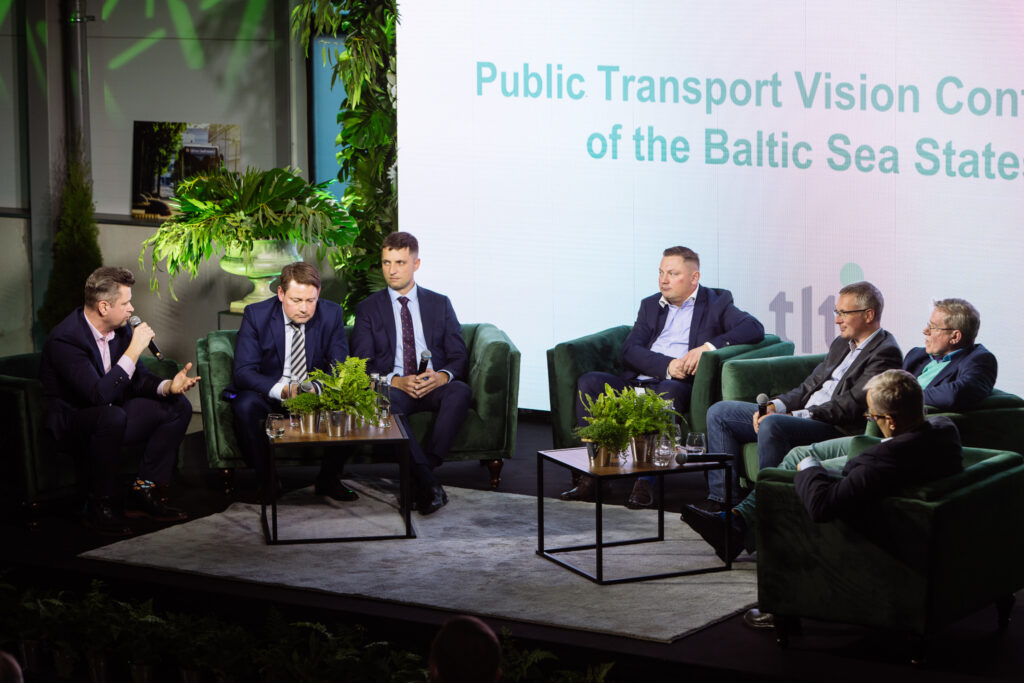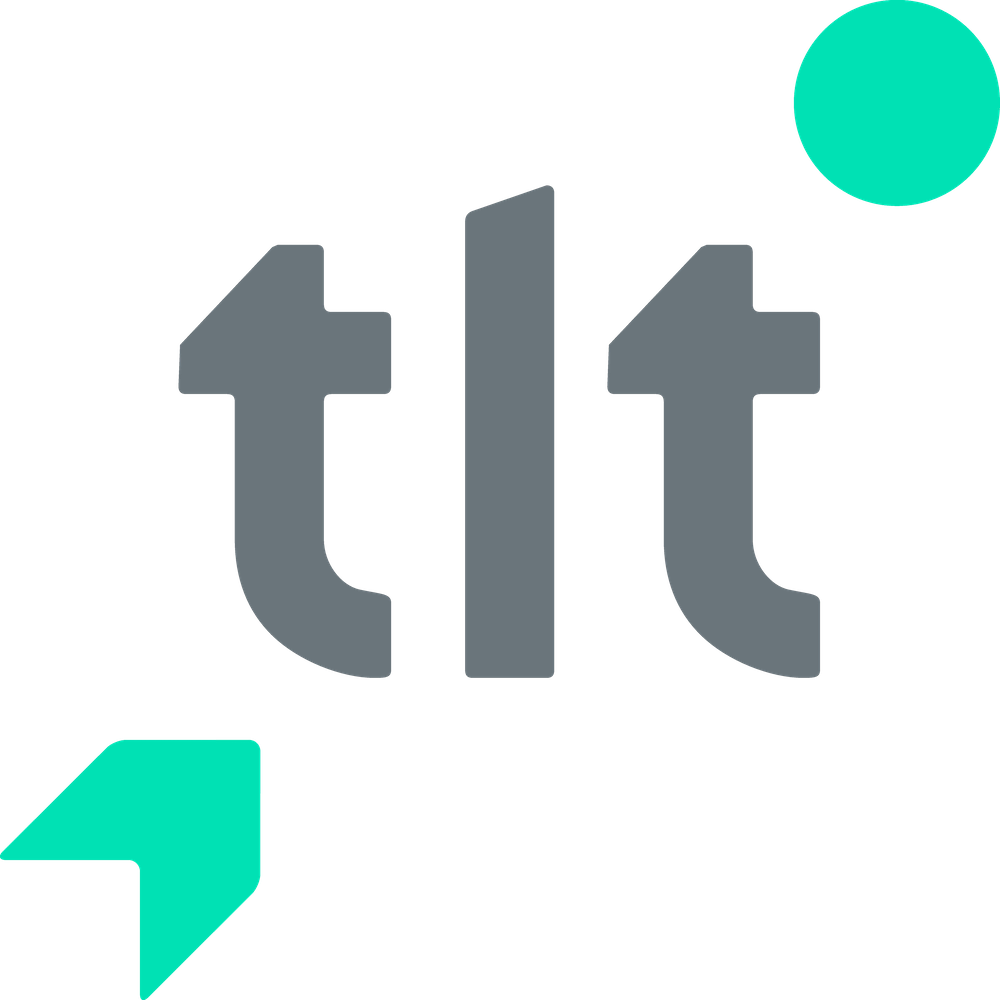DEBATE: Will public transport of the future be hydrogen, electricity, or biomethane-based?

At the public transport vision conference “Public Transport in 2035” held in Tallinn, representatives of environmentally friendly technologies discussed how the transition to technologies based on renewable fuels should take place. Although there are many options, representatives of the transport and energy sectors considered that legislative and regulatory certainty was needed first and foremost, as investments in renewable fuel-based transport could not be made on the basis of wishful thinking.
Deniss Boroditš, Chairman of the Management Board of AS Tallinna Linnatransport, Estonia’s largest public transport company, said at the conference that although Estonia’s position in the use of renewable fuels has lagged behind the rest of Europe, however, the European Union renewable energy targets in the transport sector are realistic, but their fulfillment depends above all on how European, as well as local measures, will support faster transition processes.
“The transition to gas buses has made Tallinn city transport the largest consumer of compressed gas in the transport sector in Estonia. Today, the capital is already served by 200 buses running on compressed gas, and another 150 gas buses will be added in the coming year. It is important to note that the planned 350 gas buses consume about 200 GWh of compressed gas per year. For comparison, the total volume of biomethane production in Estonia in 2020 was 97.4 GWh, and the production volume this year was up to 150. Demand clearly exceeds supply. We very much hope that the increased demand will give producers a reason to increase production volumes, which will promote competition and thus the availability of environmentally friendly fuels,” added the Chairman of the Board of TLT.
Henry Uljas, Chairman of the Management Board of BioForce Infra OÜ, which today opened the largest compressed gas station in the region on Kadaka Road, stated that one of their important priorities is to increase the share of biomethane in the transport sector, and Bioforce Infra plans to increase the share of biomethane in its portfolio in the near future by directing it to gas buses of AS Tallinna Linnatransport.
“The importance of reducing methane emissions was also emphasized at the recent climate summit in Glasgow, and one of the best opportunities in agriculture, for example, is to build biomethane plants. In cooperation with our partners, we plan to create more stations in Estonia and contribute even more to the use of renewable fuels. Biomethane enables the recovery of waste and agricultural by-products that cannot be used for other purposes, and such production, therefore, represents very green and environmentally friendly management,” said Uljas.
As for other renewable fuels, according to Boroditš, at the moment, no company operating in Estonia offers sufficiently reliable solutions to be used simultaneously, and that would meet the expectations of passengers.
“In addition to testing electric buses, TLT will also monitor developments in the field of hydrogen-powered buses, and when the technology reaches the required level, TLT will be ready to start testing and pilot projects. At the same time, hydrogen transport must become competitive with gas and electric buses in terms of both rolling stock and fuel prices, “said Boroditš, adding that the preliminary work required for the transition to hydrogen fuel must be carried out in close cooperation with the state, involving both the city budget and the funds requested for the green transition from European Union funds. With the development of technology and the activation of the hydrogen market, Tallinn will definitely consider the introduction of hydrogen technology in public transport.
Before starting the introduction of electrical or hydrogen technology, there must be long-term agreements based on Europe, Estonia, and also local regions on how to develop the system comprehensively at one pace,” said Boroditš.
He expressed hope that Estonia would find suitable support measures to support the transition to renewable fuels. “If we have strong national support, companies can attract investments – these are critical for development,” said Boroditš.
According to Sven Parkel, head of the Estonian Hydrogen Cluster, Estonia can help the transport and energy sectors towards climate neutrality by introducing green hydrogen technologies, but above all, it is necessary to understand how hydrogen technologies affect the supply chains and operating logics of the respective sectors.”
Green hydrogen makes it possible to restructure the integrated energy supply system due to climate goals; the goal is not just to switch one area of use to a new energy source. We can offset the electricity generated by wind and solar energy at fluctuating prices, making electricity produced during the low-cost periods of electricity into an industry with high added value, thereby supporting the phase-out of fossil fuels. The transition to hydrogen technology provides an opportunity to join European value chains and bring both foreign investment and new innovation opportunities to Estonia,” said Parkel.
He added that in the transport sector, the transition to hydrogen technology could be started through the hydrogen economy measures mediated by the Ministry of Economy and the Ministry of the Environment, setting up complete solutions from production to consumption. “This would be the first step in Estonia, but considering the framework of European countries, it would be a critical step to be competitive in the introduction of hydrogen technologies,” Parkel emphasized.
The participants of the panel discussion stated that the best energy system is a versatile system, i.e., Estonia should not choose only one solution from renewable fuels but favor an energy system that ensures the security of energy supply, where different sources complement each other.

